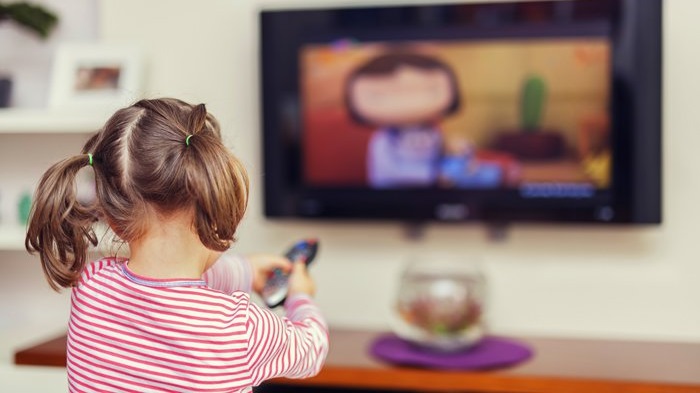Animation has in many ways fuelled the imagination of a growing kid. Give him a piece of paper and he will make a plane. Give her an empty cup and she will blow in a tune.

Carefully crafted animation characters have the power to explain complicated concepts to a nascent kids’ mind. I still remember being fascinated by things bouncing off Tom’s face when Jerry would throw them at an astonishing speed, or Tom whooshing off the gas burner when his tail caught fire, of course, accidentally. The dynamics between the two had a delicate way of explaining conflict and humour, logic and payback, cause and effect. Years on, it still remains as one of those animations that you will not be tired of watching repeatedly.
Interesting research conducted by BARC India recently shows that kids audience base (in India alone) has grown over 29 per cent in the last five years. Surprisingly, kids are the single largest TV audience among age groups, accounting for 20 per cent of the total TV impressions up from 17 per cent in 2015. This accounts also to the fact that there has been a considerable growth in the TV universe, including those houses with kids.
What does this tell us?
Besides having the power of retaining a phenomenally large audience base, it is also a responsibility of the channels as well as production houses to conduct informative as well as entertaining content to this impressionable age group. While kids grow up idolising characters they watch, they subconsciously also pick up language, mannerisms and humour when engaged with an audio-visual device.
While TV viewership accounts of only viewers on their sofa sets, the smartphone penetration in all strata of society is too massive to be ignored. A good number of independent animators are entertaining kids worldwide on YouTube and Apps – the successful ones amassing a subscriber base of millions easily, with a good repeat value to most of the content. For if a kid likes a character once, let’s acknowledge the fact that they are bound to go back to it again.

Another important trend noticed is that the kids’ viewership starts rising from early morning hours and peaks in the early afternoon, though hereon, there is no substantial increase witnessed post 6 pm, as the adults take over television viewing. What is interesting here is the assumed need of adults to keep the kids engaged while they finish housework or while the kids consume their meals in a relatively easier manner with the support of entertaining animation in the living room. The evenings contribute to co-viewing, along with the adults of the house which explains the recorded spike in GEC category viewing in the kids viewership study.
While animators are more conscious of the characters and its central mission that is used to fabricate the story, kids are influenced in a way that penetrates parents’ real lives. It is not uncommon to find birthday parties and cakes themed around their favourite cartoon characters, or adventure parks inspired by them.
This in turn has given a big boost to the merchandising industry which form a very important part of animation IP today. It is safe to say, for the production houses today, the television screen is a tempting blank canvas; if the character connects to the child’s mind, the sky is the limit with its real-world success.
(This article is contributed by One Take Media director Shamoly Khera. An accomplished media and entertainment professional, she has over seven years of experience in television content production, international animation content production and distribution industry. A creative powerhouse, she is an insightful commentator on television viewership behaviour and content consumption patterns in media.)

